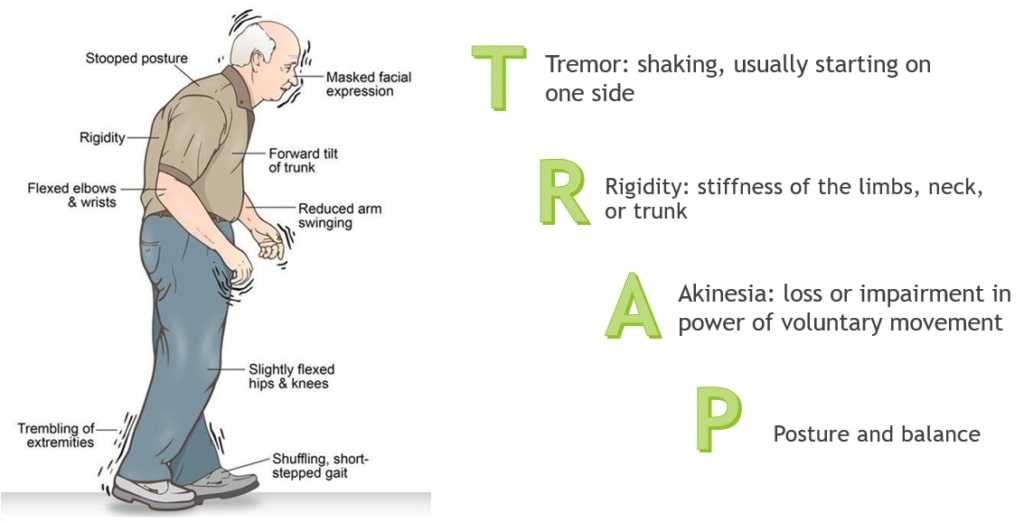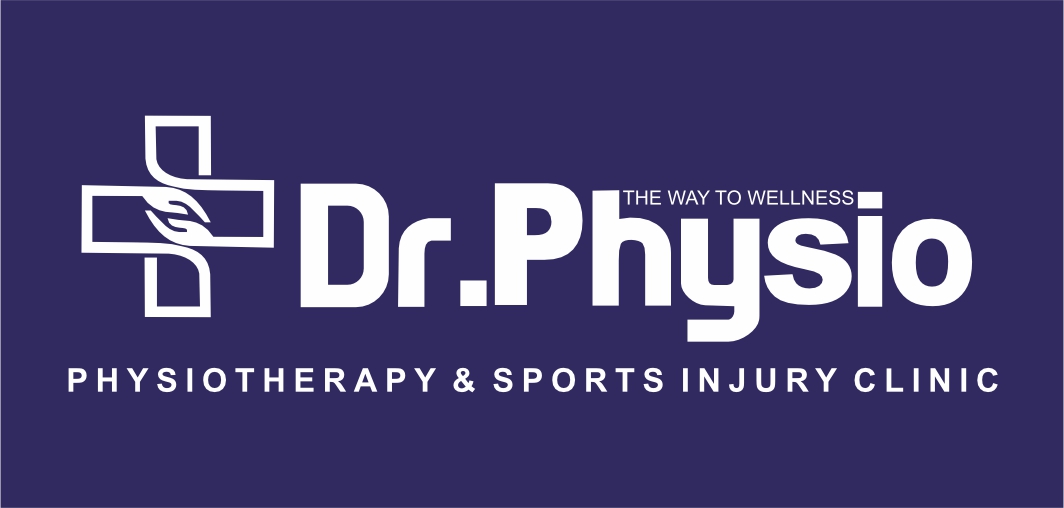+918048039022

This is your website preview.
Currently it only shows your basic business info. Start adding relevant business details such as description, images and products or services to gain your customers attention by using Boost 360 android app / iOS App / web portal.
Parkinson’s disease (PD) is a progressive neurodeg...

Parkinson’s disease (PD) is a progressive neurodegenerative disorder primarily affecting movement control. It occurs due to the loss of dopamine-producing neurons in the brain, particularly in a region called the substantia nigra. Dopamine is essential for smooth, coordinated muscle movements. Common Symptoms: 1.Tremors: Shaking, usually starting in one hand or fingers. 2.Bradykinesia (Slowness of movement): A general slowing of physical movement, making everyday activities difficult. 3.Muscle rigidity: Stiffness in the limbs or trunk, limiting movement and causing discomfort. 4.Postural instability: Impaired balance, often leading to falls. Facial masking: A lack of facial expressions due to muscle stiffness. Non-Motor Symptoms: 1.Depression and anxiety 2.Sleep disturbances 3.Cognitive decline 4.Constipation and bladder issues 5.Fatigue Role of Physiotherapy in Parkinson's How Physiotherapy Helps: Improving Mobility: Physiotherapists guide exercises designed to enhance joint flexibility and range of motion, reducing stiffness. Techniques like stretching and active movements help maintain muscle strength. Balance and Fall Prevention: Balance training is crucial for preventing falls, a common issue due to postural instability. Physiotherapists focus on improving gait patterns, teaching patients to take larger steps and maintain balance while walking. Strengthening Exercises: Regular strength training helps counteract the weakness and muscle rigidity. Strengthening muscles around the core, hips, and legs aids in improving stability. Posture Correction: Poor posture is common in Parkinson’s patients. Exercises targeting posture alignment can help prevent a hunched posture and reduce back pain. Gait Training: Gait re-education improves walking patterns and increases speed, and safety. Techniques like visual cues (stepping over lines) or auditory cues (walking to a beat) assist with fluid movement. Tremor and Rigidity Reduction: Passive and active exercises help minimize the impact of tremors and muscle stiffness, making daily activities easier. physiotherapy is an essential part of managing Parkinson’s disease, helping patients maintain independence, improve physical function, and enhance their overall well-being.

